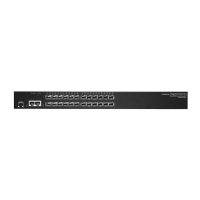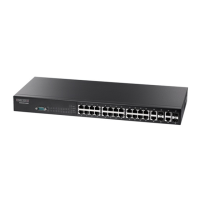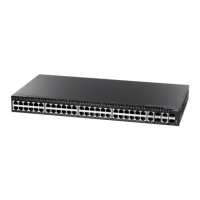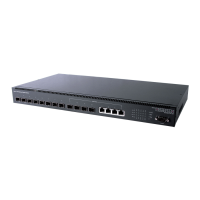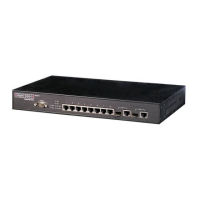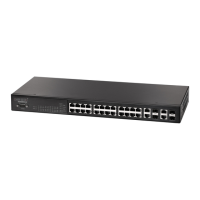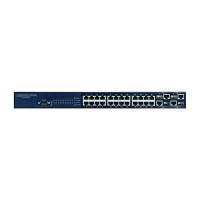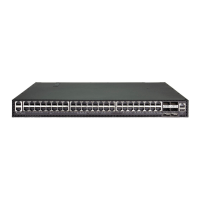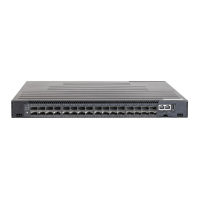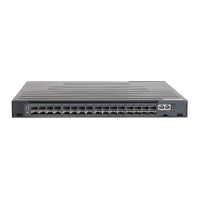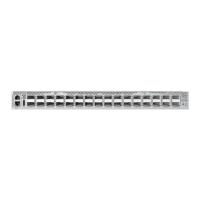Chapter 20
| Class of Service Commands
Priority Commands (Layer 3 and 4)
– 511 –
DEFAULT SETTING.
Command Mode
Interface Configuration (Port, Static Aggregation)
Command Usage
◆ The default mapping of CoS to PHB values shown in Table 108 is based on the
recommended settings in IEEE 802.1p for mapping CoS values to output
queues.
◆ Enter a value pair for the internal per-hop behavior and drop precedence,
followed by the keyword “from” and then up to eight CoS/CFI paired values
separated by spaces.
◆ If a packet arrives with a 802.1Q header but it is not an IP packet, then the CoS/
CFI-to-PHB/Drop Precedence mapping table is used to generate priority and
drop precedence values for internal processing. Note that priority tags in the
original packet are not modified by this command.
◆ The internal DSCP consists of three bits for per-hop behavior (PHB) which
determines the queue to which a packet is sent; and two bits for drop
precedence (namely color) which is used to control traffic congestion.
Example
Console(config)#interface ethernet 1/5
Console(config-if)#qos map cos-dscp 0 0 from 0 1
Console(config-if)#
Table 108: Default Mapping of CoS/CFI to Internal PHB/Drop Precedence
CFI
CoS
0 1
0 (0,0) (0,0)
1 (1,0) (1,0)
2 (2,0) (2,0)
3 (3,0) (3,0)
4 (4,0) (4,0)
5 (5,0) (5,0)
6 (6,0) (6,0)
7 (7,0) (7,0)
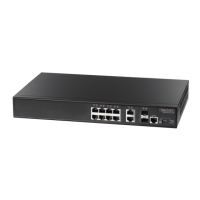
